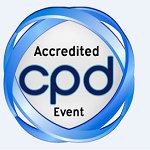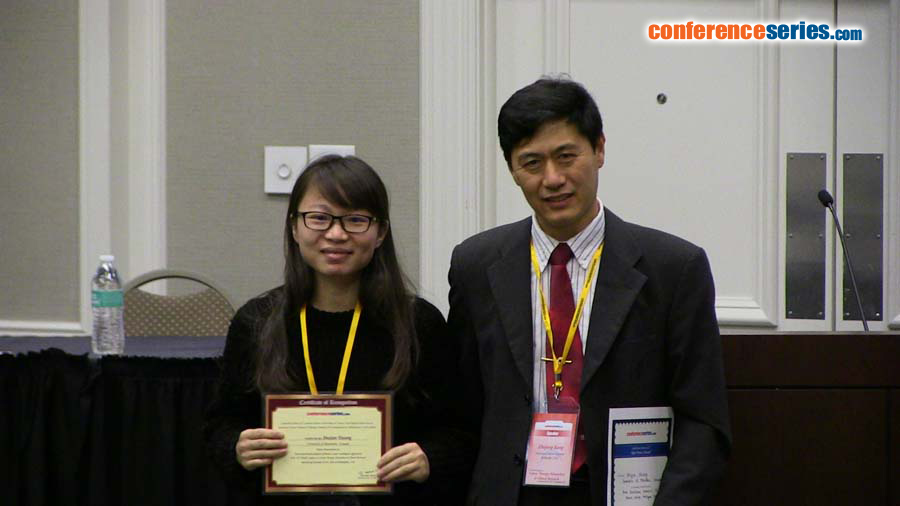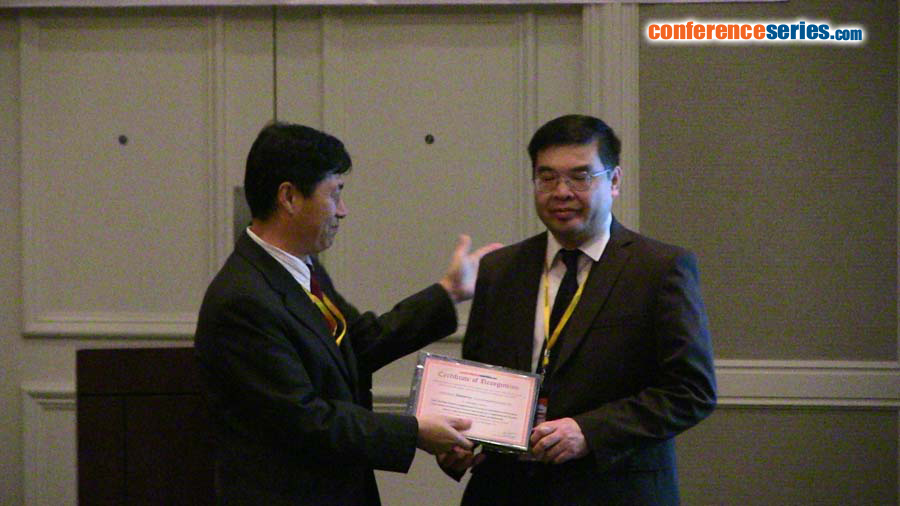Zhigang Kang
National Cancer Institute, USA
Title: Method development for quantification of circulating cell free HPV DNA
Biography
Biography: Zhigang Kang
Abstract
In the study, we present a method of automated circulating cell-free (ccf) DNA isolation and digital droplet (dd) PCR-based single DNA molecule testing for detecting and typing circulating human papillomavirus (HPV) DNA. To detect single copies of HPV16 or HPV18 DNA, a digital droplet PCR (ddPCR) method was developed using the sequences of HPV16 or HPV18 E7 gene that are common amongst difference subtypes. The probes for HPV16 and HPV18 are differentially fluorescence-tagged for the simultaneous typing and quantification of both types to enhance the confidence in the tests. Two (2) different sets of primers were designed for each HPV type to produce amplicons of different length. Using ccfDNA from a few cervical cancer patients for analysis, it was apparent that the short amplicons of 70 and 88 bps gave much higher HPV copy numbers with ccfDNA than the long amplicons of 208 and 273 bps for HPV18 and 16, respectively. While the assays have maximum sensitivity of a single copy, the quantification ranges are between 10-100,000 copies of both HPV16 and HPV18 DNA which is within its linear dynamic range with coefficient of variation (CV) of less than 20% throughout the entire quantification range. To determine the spike recovery as a part of analytic validation, low amounts of known DNA template of HPV16 or HPV18 were spiked into serum samples. DNA was subsequently isolated and the purified DNA was then analyzed by ddPCR for HPV16 or HPV18 copy numbers. Approximately 75% of the spike DNA could be recovered and quantified. Thus, the HPV16 and HPV18 ccfDNA tests were specific and quantitative.





